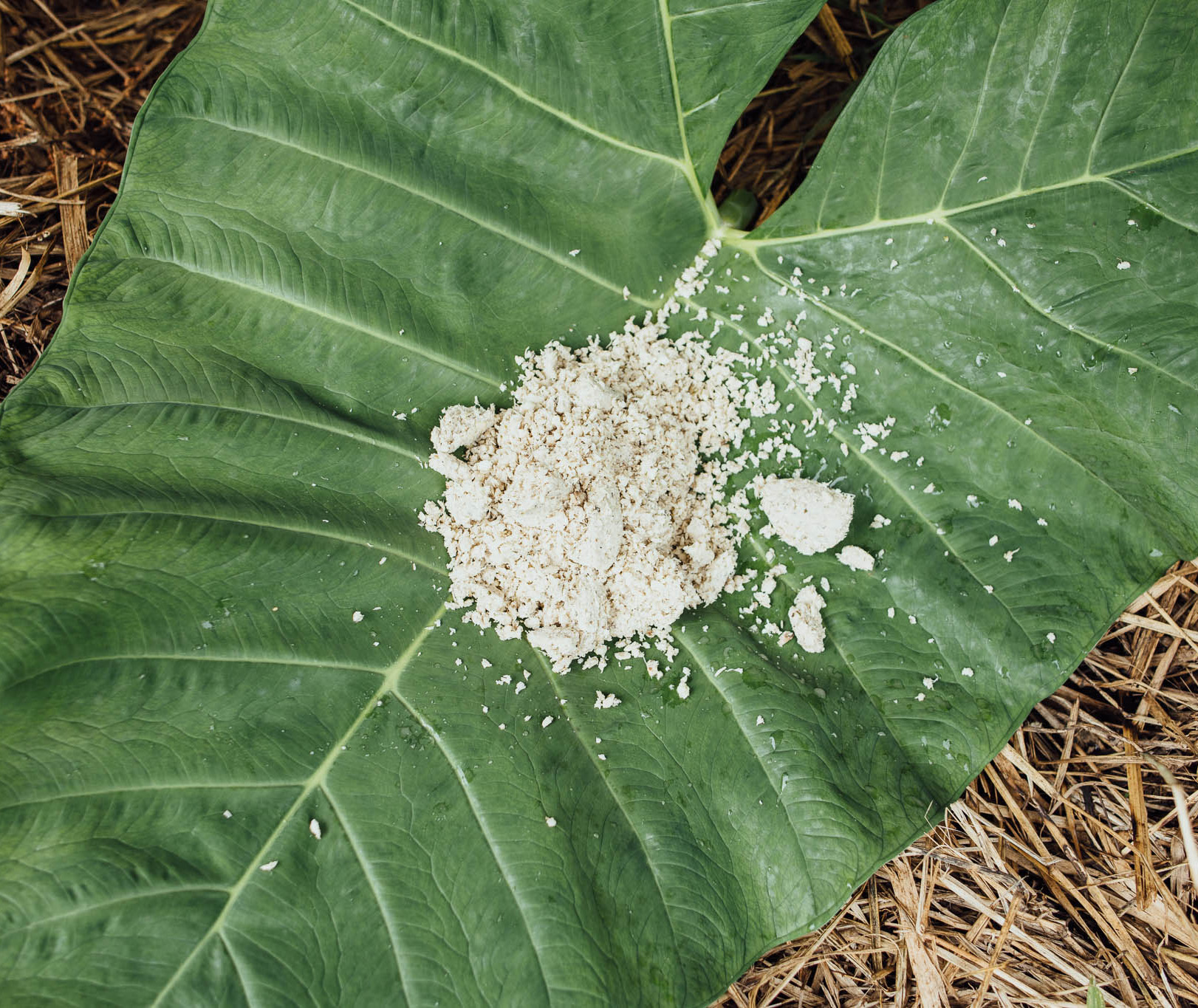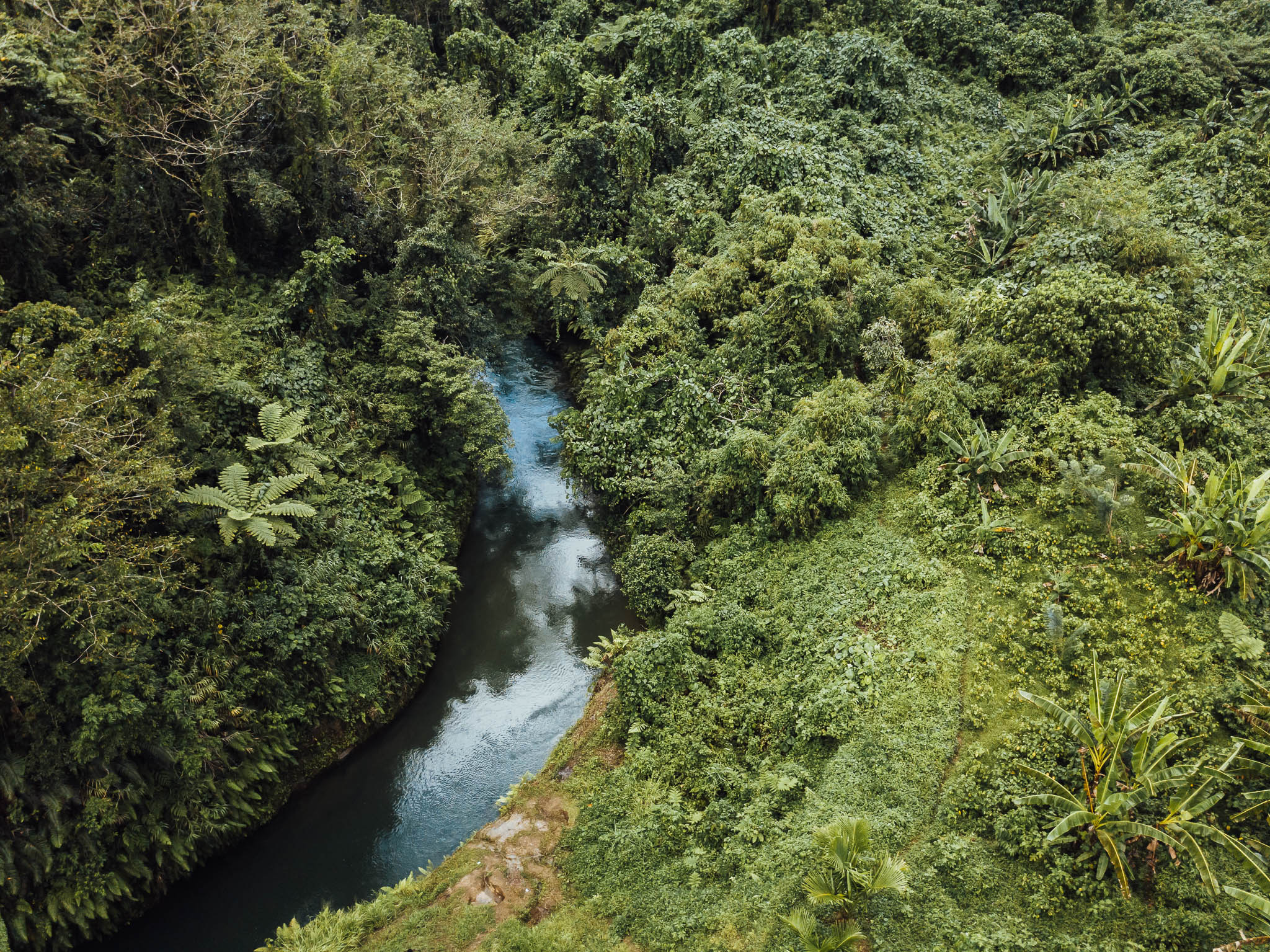Pacific Island Kava Culture
Kava has been a part of Pacific Island culture for thousands of years, mostly as a social/ceremonial drink. It is consumed for relaxation and to attain an elevated level of consciousness. Some cultures believe it allows them to converse with their ancestor spirits. The kava plant is also highly valued as a traditional medicine. Because of this, kava plays a central role in the cultural life of nearly all Pacific islanders stretching from Papua New Guinea through to Hawaii.
What is Kava?
The kava plant (Piper methysticum – “intoxicating pepper”) is a hardy, relatively slow growing shrub with heart shaped leaves closely related to the black pepper tree (hence its peppery taste). Kava farmers have been growing and selecting kava for various ceremonial and medicinal purposes since the so-called “Lapita” people first arrived in Vanuatu around 3,500 years ago. Combine this with the fact Vanuatu has developed into one of the most culturally diverse countries in the world, and you have a recipe for creating more kava cultivars than anywhere else on earth. For more information on this see our Kava Science page.




What is Kava?
The kava plant (Piper methysticum – “intoxicating pepper”) is a hardy, relatively slow growing shrub with heart shaped leaves closely related to the black pepper tree (hence its peppery taste). Kava farmers have been growing and selecting kava for various ceremonial and medicinal purposes since the so-called “Lapita” people first arrived in Vanuatu around 3,500 years ago. Combine this with the fact Vanuatu has developed into one of the most culturally diverse countries in the world, and you have a recipe for creating more kava cultivars than anywhere else on earth. For more information on this see our Kava Science page.
Kava Culture in Vanuatu
In ancient times, kava ceremonies in Vanuatu were surrounded by complicated rituals and restricted to secret societies where only powerful men could drink kava and practice sorcery. It was considered the gateway to the realm of the ancestors/spirits/Gods and was used for numerous medicinal purposes as well.
Kava Ban
In fact, kava was considered so powerful it was banned by Christian missionaries for about 100 years on many of the Vanuatu islands (between 1880-1980) in an attempt “to eliminate competition with other gods.”
Kava preparation
In the northern and central Vanuatu islands, kava root is traditionally ground using hand-held stone grinders. Root & Pestle’s instant kava powders and medium grind kava powders allow you to recreate a traditional kava “nakamal” experience in your own home.
The Evolution of Vanuatu Kava
Kava has evolved in Vanuatu from a secret ceremonial drink to a relaxing beverage consumed daily although it still plays an important part in ceremonial events. Adult men will often gather at the end of the day to enjoy and share a few shells of freshly squeezed kava.
Kava Culture Around the World
Kava culture is widespread throughout the Pacific islands (including Melanesia, Micronesia and Polynesia). It is prevalent in Fiji, Kiribati, New Caledonia, Samoa and Tonga and to a lesser extent in the Solomon Islands, PNG, Cook Islands, Hawaii and Ponhpei. In recent years it has also taken off in larger countries like New Zealand, Australia and the US.
Fiji
In Fiji, kava is called “grog” or “yaqona”. It’s considered a welcome drink and features prominently in all village and social-political life. It can be drunk throughout the day by both woman and men and tends to be a much weaker brew than Vanuatu kava. The tradition of yelling out “bula” after downing a shell of kava originates from Fiji.
Hawaii
Known as “awa”, Hawaiian cultivars of kava (and there are dozens) have been used for centuries. Sorcerers known as kahunas garnered the favour of the gods and spirits through prayer and the judicious use of kava. Some could use these spirits as agents of death, or open a channel between the real world and the spirit world.
Samoa
Samoan kava is called ‘ava’. Ava is mostly a ceremonial drink consumed at all important gatherings and rituals/events. Usually, the highest ranking visiting chief is served first, followed by the highest ranking chief of the host party, and then the rest is served based on the rank of the remaining participants.
Tonga
In Tonga, kava serves a dual purpose, firstly as a social drink which is often consumed daily (but by men only) and secondly as the centrepiece for all ritualistic ceremonies. Sometimes kava drinking sessions can last all night and into the next day – as such Tongan kava is much weaker than Vanuatu kava.
Kirribata
Consisting of one main coral island and 32 surrounding atolls, Kirribati has a long history of kava culture and the ceremonial drink is intimately entwined with their botakis (celebrations) and community life in the maneaba (meeting place).
New Caledonia
Kava drinking in New Caledonia is a relatively new cultural activity, having been only introduced to the islands in the 1980s, most probably by Vanuatu immigrants. The kava craze began in New Caledonia in the early 1990s with the introduction of drinking nakamals and has since spread around the islands.
Pohnpei
Pohnpei’s kava culture is representative of many of the islands in the area. Known as sakau, it’s considered a sacred plant to local inhabitants and the rituals surrounding it stretch back hundreds of years. It was once only consumed as a ceremonial drink, but now it has been transformed into a nightly ritual.
Solomon Islands
Kava cultural history in the Solomons is recent and minimal. There is some evidence to suggest kava was drunk on the islands of Vanikoro and Utupua in the 1900s, but was unknown in the Santa Cruz islands. Kava was reintroduced to the Solomons only relatively recently (1990s onwards) and there are now numerous kava bars scattered throughout the main island.
Cook Islands
Kava has long been the traditional drink of the Cook Islands, but was almost wiped out by the early missionaries who believed its use was “holding back the people from modernity”. It is slowly making a comeback, both through the indigenous Maoris and via the local Fijian population.
Papua New Guinea
There are more than 40 different words for kava in Papua New Guinea, indicating its central role in ceremonial society and its ancient origins in the country. In addition to drinking pounded kava root for ceremonial occasions, PNG people use the kava plant for a variety of medicinal purposes including as an antiseptic, pain killer and anaesthetic.
Australia, NZ and US
Kava consumption in Australia, New Zealand and USA is based mainly around their Pacific Islander populations. However, kava culture has changed dramatically in these countries in recent years with the rise of trendy kava bars (especially in the US) resulting in a massive boom in its popularity.
Kava Clubs/Societies
In countries like New Zealand, faikava clubs have spread throughout the country. Kava clubs and kava societies are often valued as safe places to try different varieties of kava and to promote “peace”, “togetherness” and “close bonding”. For club members, it’s also about coming together to share their knowledge and experience about kava culture and kava science.



Listening to the kava
Many kava drinking cultures of the south Pacific say in order to get the most out of your “strong” kava experience, you have to learn to “listen to the kava”. And that usually means sitting in a quiet, dark place and contemplating your innermost thoughts.
Good kava seems to enhance memory and the ability to calmly “observe” your own thoughts. It allows the mind to flow freely. Much of the ceremonial kava in Vanuatu is consumed by men who have gathered together to make important decisions or to contemplate complex problems.
Root & Pestle products are far superior to standard village dried kava, they are the closest thing to drinking freshly squeezed kava you can find on the market today!



Listening to the kava
Many kava drinking cultures of the south Pacific say in order to get the most out of your “strong” kava experience, you have to learn to “listen to the kava”. And that usually means sitting in a quiet, dark place and contemplating your innermost thoughts.
Good kava seems to enhance memory and the ability to calmly “observe” your own thoughts. It allows the mind to flow freely. Much of the ceremonial kava in Vanuatu is consumed by men who have gathered together to make important decisions or to contemplate complex problems.


